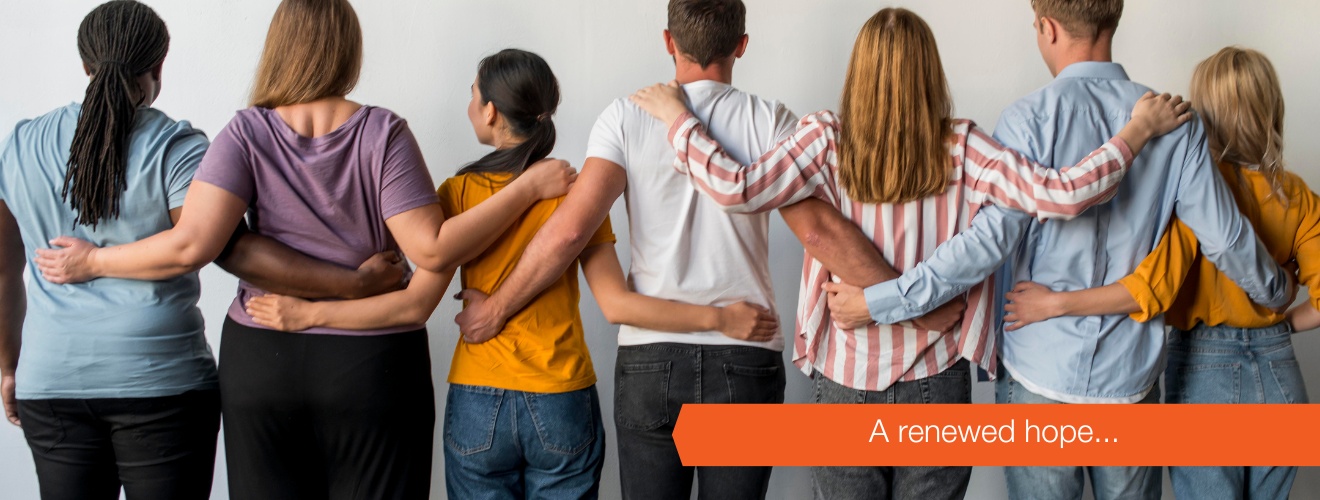A renewed hope…

With Michelle Clemow | Community Engagement Lead, Knox City Council
“Learn from yesterday, live for today, hope for tomorrow. The important thing is not to stop questioning.” – Albert Einstein
My relationship with community engagement began back in 1998 at the age of 21 when I found myself in a small but mighty heritage, environment and community consultancy named Context. For a bit of ‘context’, our office was originally situated out the back of our manager’s home in Brunswick, Melbourne. I was incredibly lucky to be able to learn and be guided by some pretty amazing women who are still influential today.
Memories of those early years are a little grainy. They centre around things other than work, like the food and culture on Sydney Road or the road trips across Victoria on the way to a job, so I really wish I had soaked up more from an engagement perspective. I was on a steep learning curve as I thought my role in life was to be a Park Ranger but as it turned out my skills and main passion lay elsewhere. What I do remember is a lot of doorknocking with my clipboard!
Then came my ‘gap years’ away from full time immersion in community engagement. I had a few babies, joined local government and moved through a variety of roles, including early years, capital works and committee liaison. All those years sitting with engineers trying to decipher works and impacts in to plain English paid off when I found myself back in the land of capital works.
Then in what felt like a click of the fingers, or perhaps some unfinished personal business, I was feeling the magnetic pull and had the faith of a brilliant leader so I returned to the world of community engagement in time for the new Local Government Act and the explosion of deliberative engagement practices. Let’s not forget the introduction of digital engagement, which has likely replaced all that doorknocking as we are now knocking on the community’s virtual door instead!
If I was to compare the before and after, I would say that if some of those engagements were happening today there would be far greater community participation along with more conflict resolution and compromise conversations. There are probably many influences why, such as improved technology and social media to get the word out and greater understanding from decision makers of the importance and benefits of involving the community, but it seemed like it was more than this. In the before times there were many community members adding their voices to what impacted or interested them but a large majority of the people I doorknocked said they were just happy I wasn’t selling them anything.
There is a wider community expectation that they will be consulted at a bare minimum on decisions that impact them. It’s no longer just the community advocates and activists among us that are demanding this. There is no simple or textbook response to managing community expectations and would depend on the issue and community involved. What was thought of as lack of interest could have been the community did not feel like they could impact the decision, they didn’t feel they had anything of value to add or there was generally a greater trust in decision makers making the right decision on behalf of all. It does make me think back to what was running through the minds of those I doorknocked and tried to pin down on the street years ago.
But even along with this expectation, there are still genuine looks of shock and astonishment coming from the community when changes are made based on feedback and conversations. This all comes back to relationships with the community trusting decision makers to make good decisions and then decision makers trusting the community to be open, honest and reflective as well.
The overall relationship between community voice and the decision maker has strengthened. Leaders now recognise that the process doesn’t have to be pretty all the time but instead to hang in there, to work through the dilemma and brilliant things will happen as a result. Yes, there are frustrations from all angles but there are so many brilliant examples where all of those interested/impacted by a decision have worked together on an outcome that is far better than if operating in isolation. Whether this is as broad as a Council Plan or as localised as a dog park.
The principles and ethics for engaging with the community haven’t really changed at all. What has changed and evolved is the range of methods undertaken and an increased understanding and acknowledgement by all that if we want sustainable decisions that lead to the best community outcomes then we all need to be involved right from the outset. Sometimes it is easier said than done but we are better poised to recognise as a collective where things have gone wrong, identify it as early as possible and make the changes needed.
We are at a time where the community can increasingly put a face and name to the key decision makers, seek and hopefully gain better representation of the community impacted and allow time to focus on longer term relationship building and mutual trust and respect. It is not one thing alone that can take the credit, rather a maturing of all areas. If the saying is, ‘you are only as good as your last engagement,’ then we can spin that in the direction of there is always the opportunity for the next one to be amazing.
Lastly, I wanted to give a shout out to my first ‘part time’ job as an AFL umpire for creating my stress dream before community engagement had the chance. It’s the one where I blow the whistle, no sound comes out and anarchy ensues. Oh, hang on, wait a minute…
